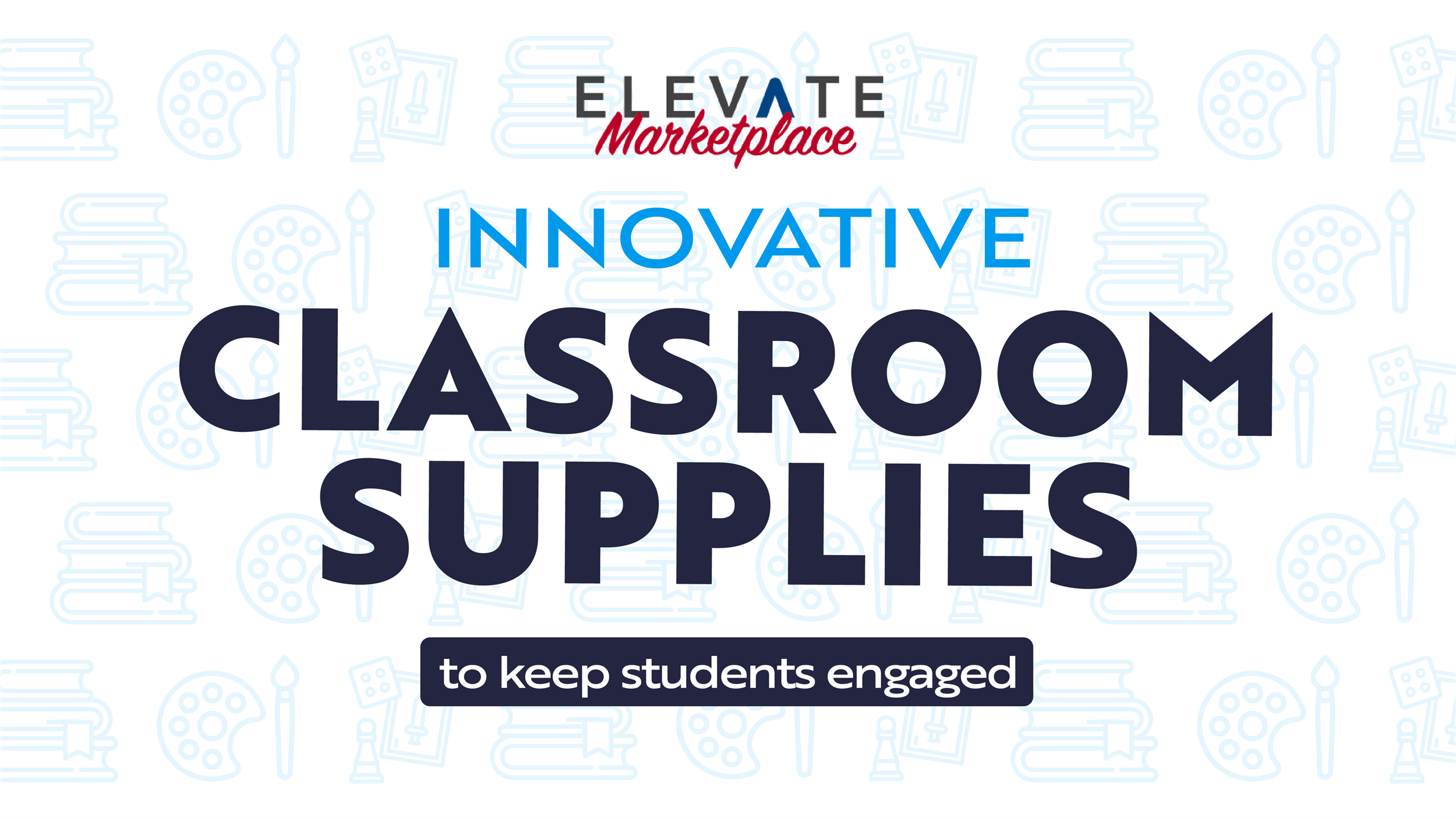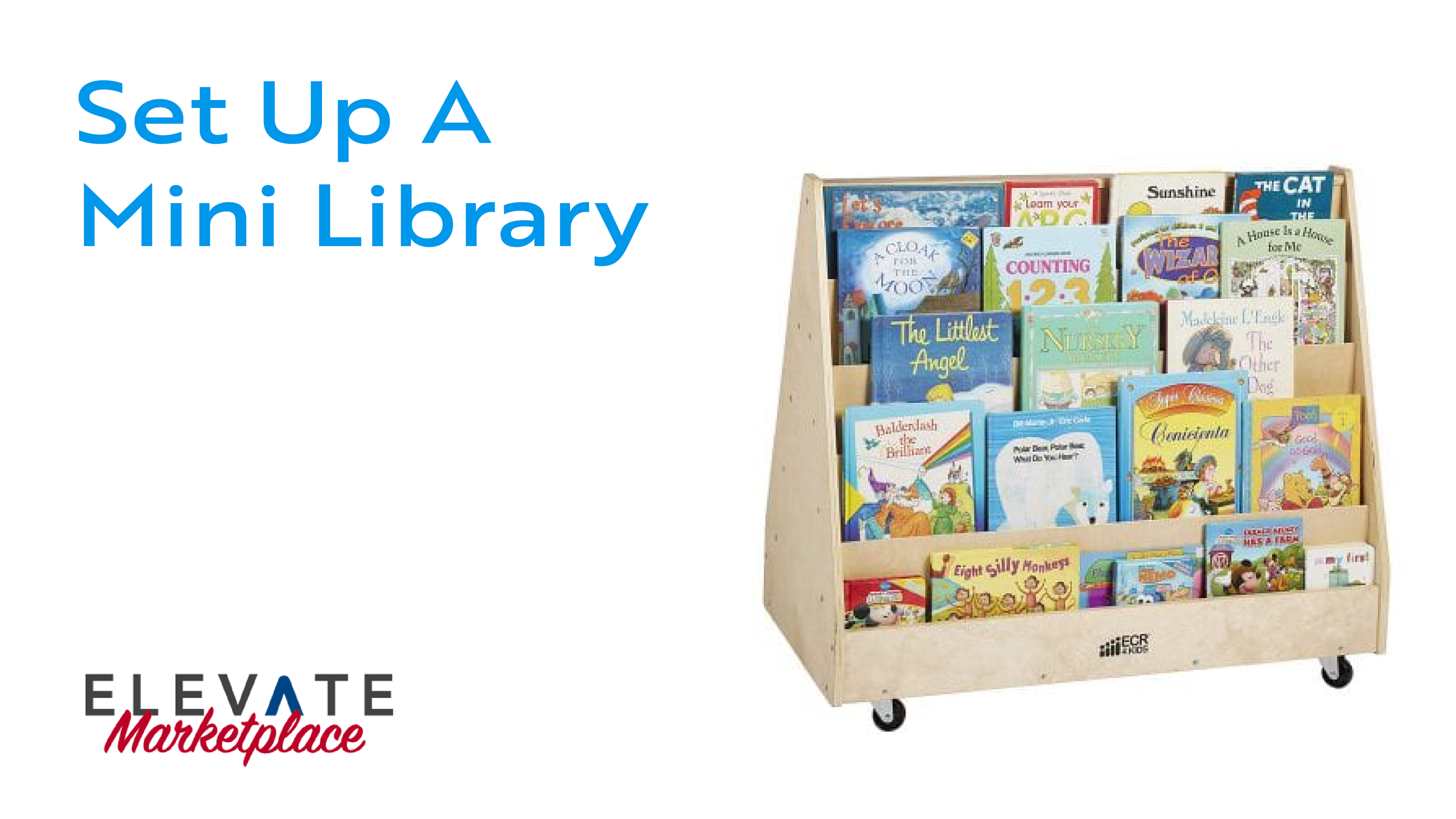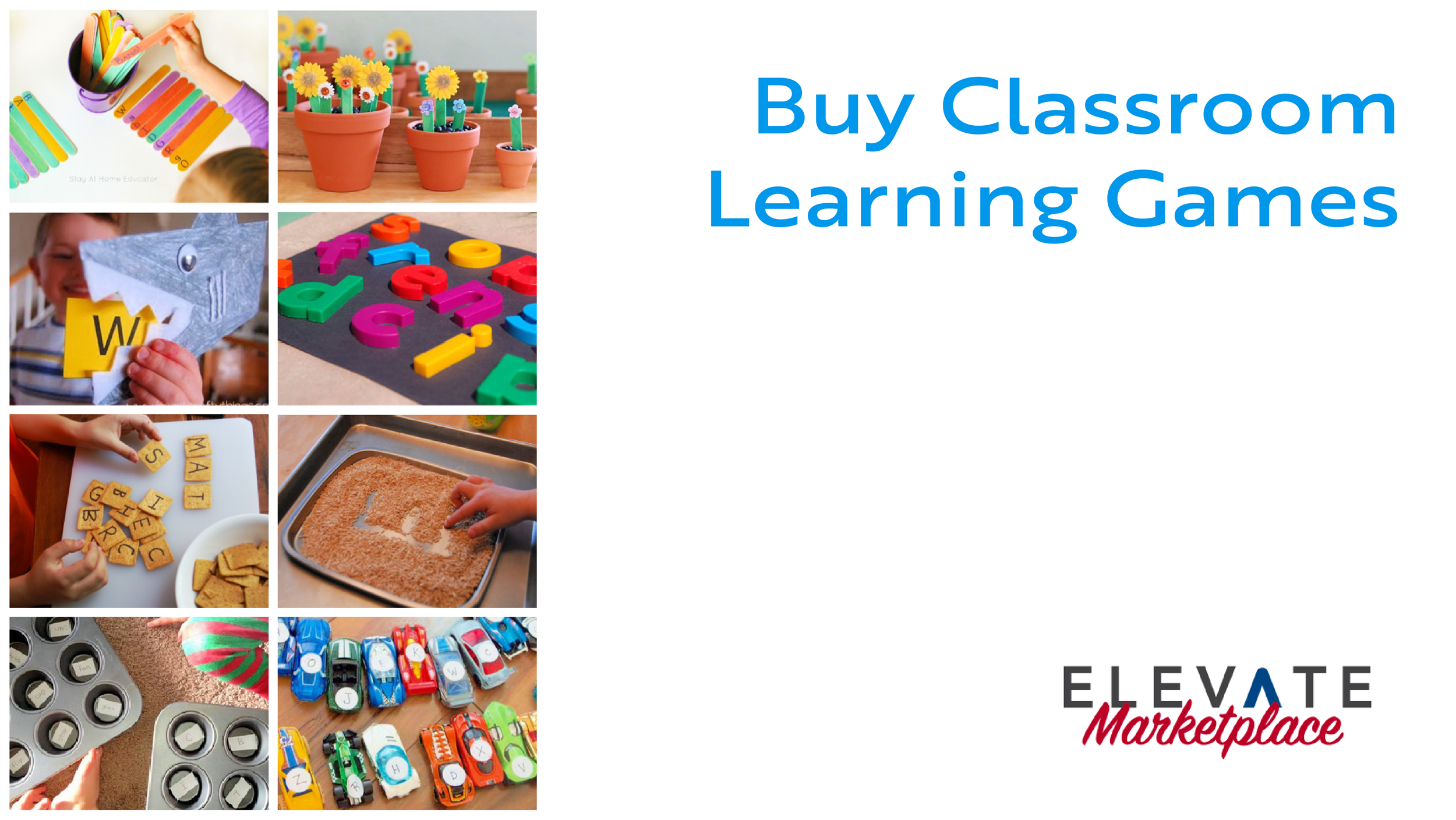
It's not your imagination. Students today can be more difficult to engage. It's not that they don't have an attention span. It's that there are so many other things pulling their attention away. If you want to keep your students engaged and learning, you need to take a look at your own classroom supplies. Here are some methods you can use to keep them learning.

Set Up a Mini Library
A bookshelf in the middle of your classroom will encourage students to read. When students are bored, they'll look at the selection, and may find something that they're really going to enjoy. Give students some unstructured reading time, during which they can read anything they want. And you might not want to be picky: age-appropriate comics can be a good way for students to learn, too.

Buy Some Classroom Learning Games
Monopoly teaches children how to add and subtract money. Scrabble teaches children how to spell. Look for some educational games that children will be interested in playing that will also teach them something valuable. You can have some "free time" during which your students can play some games with each other, not only learning valuable academic skills, but also social skills.
Craft and Art Stations
Crafting and art can help children intellectually. It can also help them emotionally, especially if they are struggling in school or feel generally frustrated. Set up a crafting station, even if your students are high school age. Many of them may want to take a break every once in a while to create something that's unique and interesting to them. This will help them associate a classroom with a positive thing, rather than a negative. You could connect the crafts with educational activities, asking them to create, for example, an alternative book cover for a novel you're reading in class.
Of course, it's not possible to let students work on crafts all the time. But it is something that students may want to do on their own time, such as during their breaks. If students are particularly good, they may be able to find a new skill or talent.
Put Up Exhibits and Demonstrations
Are you teaching your students about geology? Then why not have a display of different types of rocks? Exhibits and demonstrations are a great way for students to really connect with their subject matter. If you teach a chemistry class, you could have a periodic table of elements that actually contains different elements. Any type of hands-on or tactile experience will help students absorb their information.
Your exhibits can come from your class itself. Consider assigning your class tasks such as dioramas or presentations. Over time, you can collect the best ones, and show them to your students as examples and inspiration. Children can be very good at explaining things to other students.
Buy Some Flash Cards
Studying materials such as flash cards can help students when they're struggling to retain their knowledge. Many students don't learn effectively just through reading. They need to be quizzed. With flash cards, students are able to quiz each other. They can make it into a game and compete with each other to learn, and you can have multiple sets of flash cards about different things.
Making studying fun is important, and it's also very difficult. Rewarding students for studying with flash cards (and for getting high scores) can encourage them to continue studying and to do better.
Interface With their Technology
Don't ignore the usefulness of apps. Even young children today often have access to a tablet at home. Consider using some educational apps to continue learning from your classroom into the child's home. Have students complete app-based tasks as part of their homework, and keep them engaged with their app in the classroom as well. Apps often have their own "gamification" systems, which encourage students to interact with them more and to continue learning.
Don't forget that some students may not have access to their own technology, and will need to borrow technology from the school. Make this process as easy as possible as students may be self-conscious.
Put Up Some Interactive Decor
Don't forget that many children want to influence the environment around them. Interactive decor, such as movable letters, will encourage children to experiment with them. Some children may try to spell out a variety of words, while others may focus on colors and shapes. Either way, it encourages children to think about their surroundings and what they want to change.
As a teacher, you probably run out of classroom supplies quite often. By focusing on engaging classroom supplies that really help your students, you can make your own job much easier.




